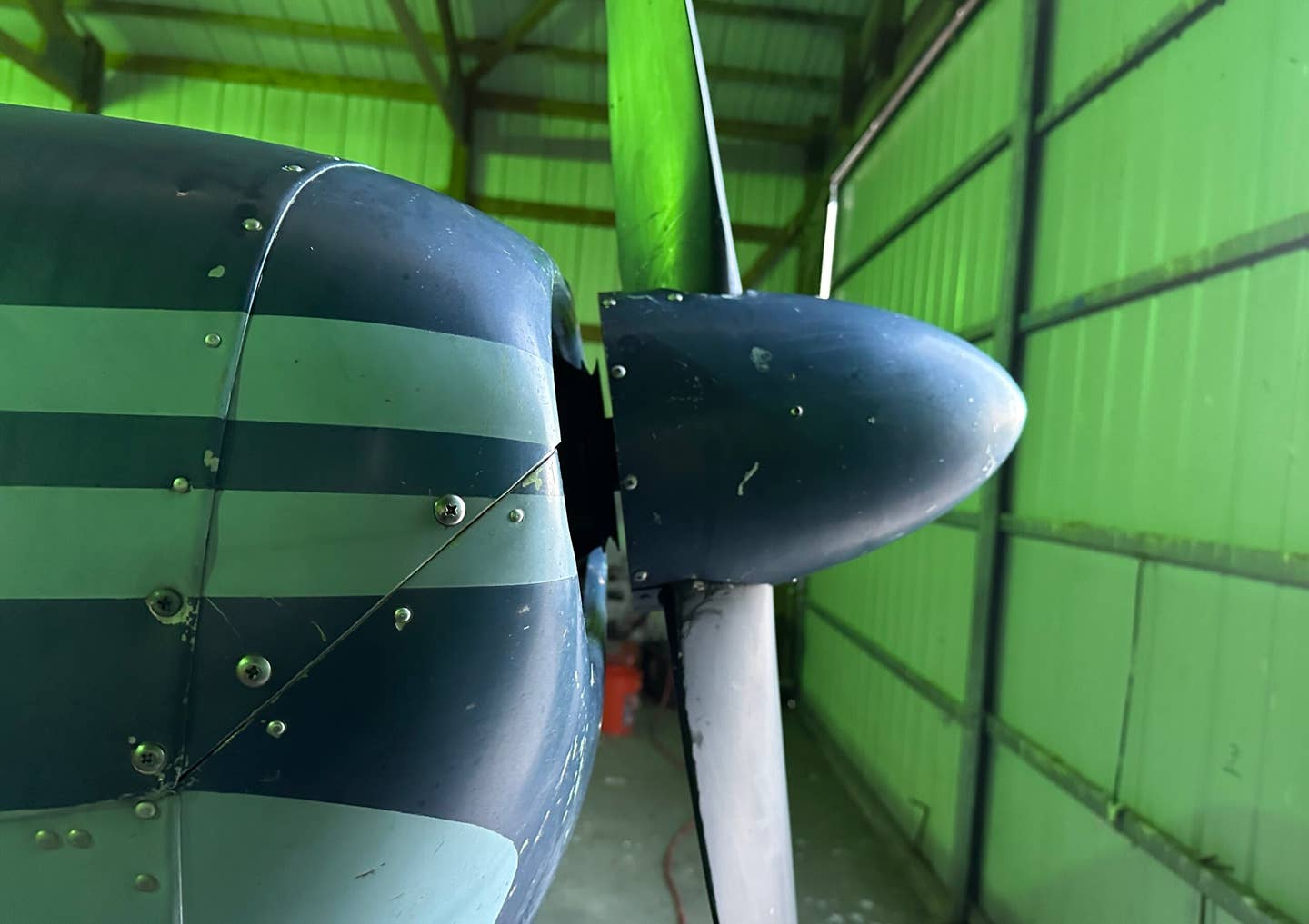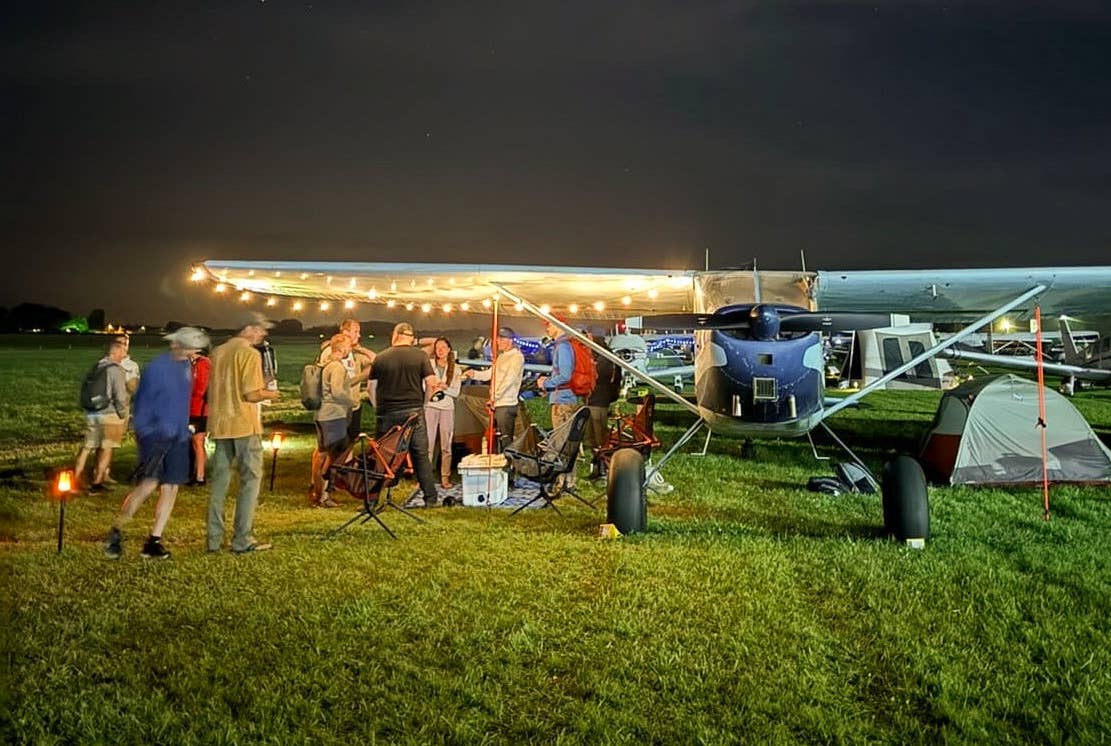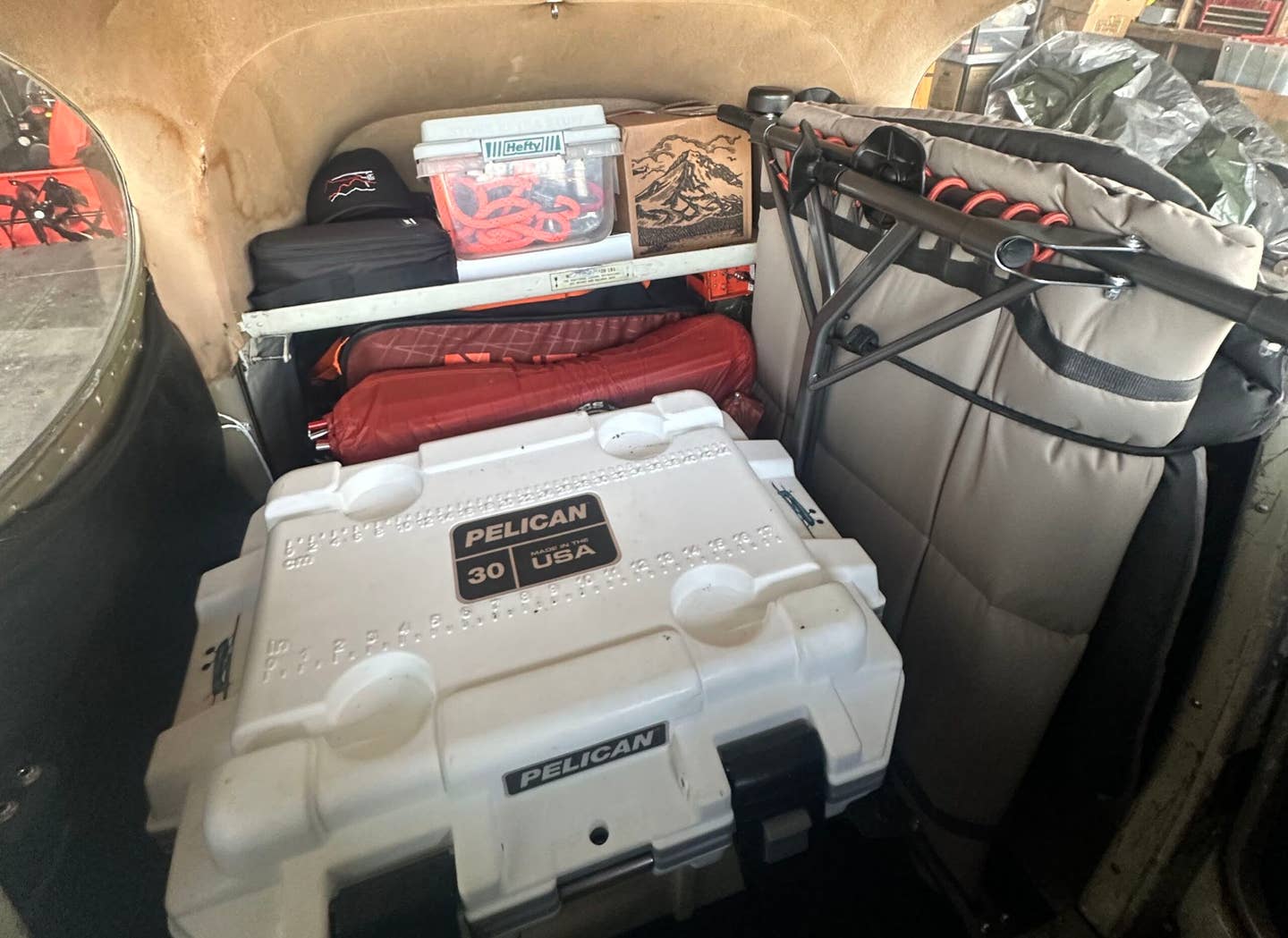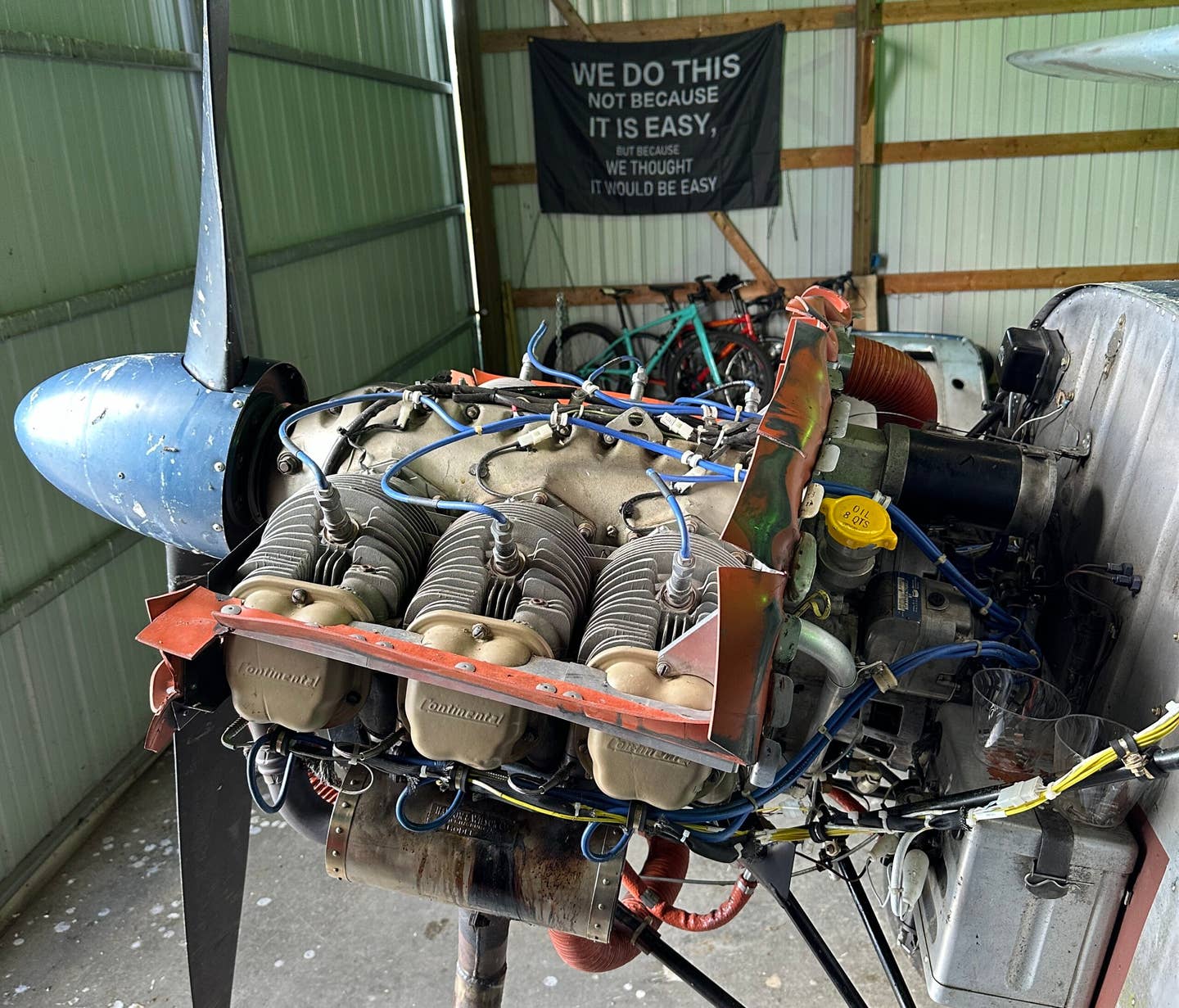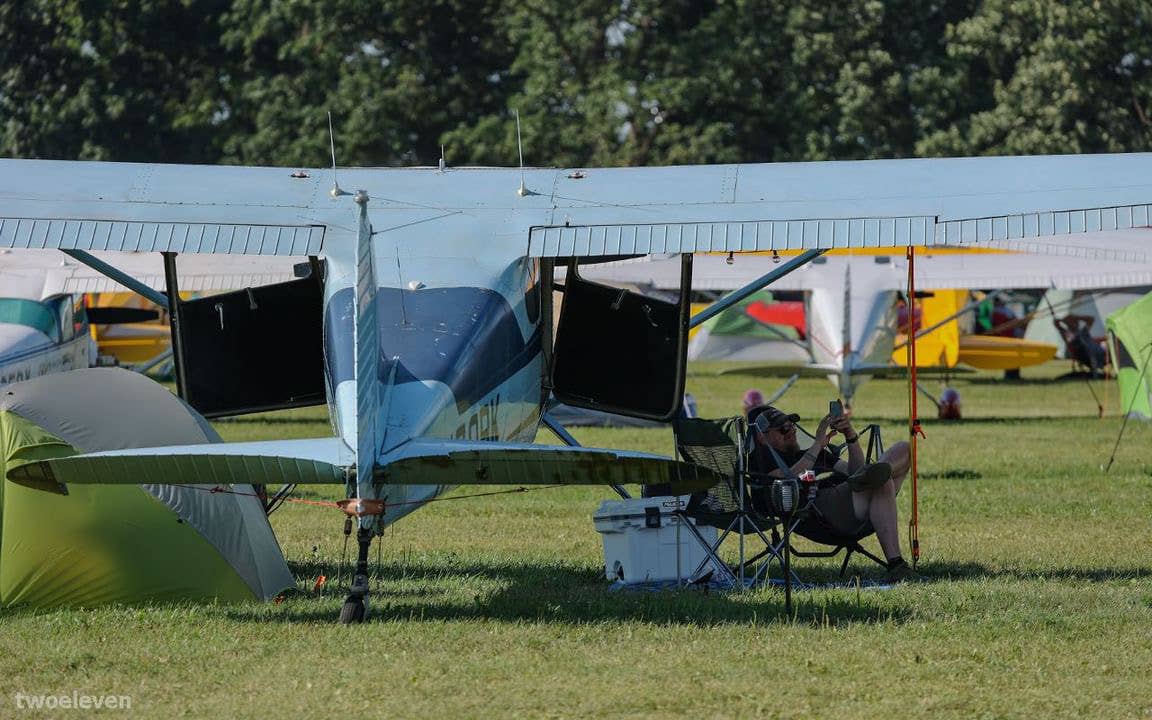Making Personal Rules
Even short flights can provide learning experiences that change how you fly.
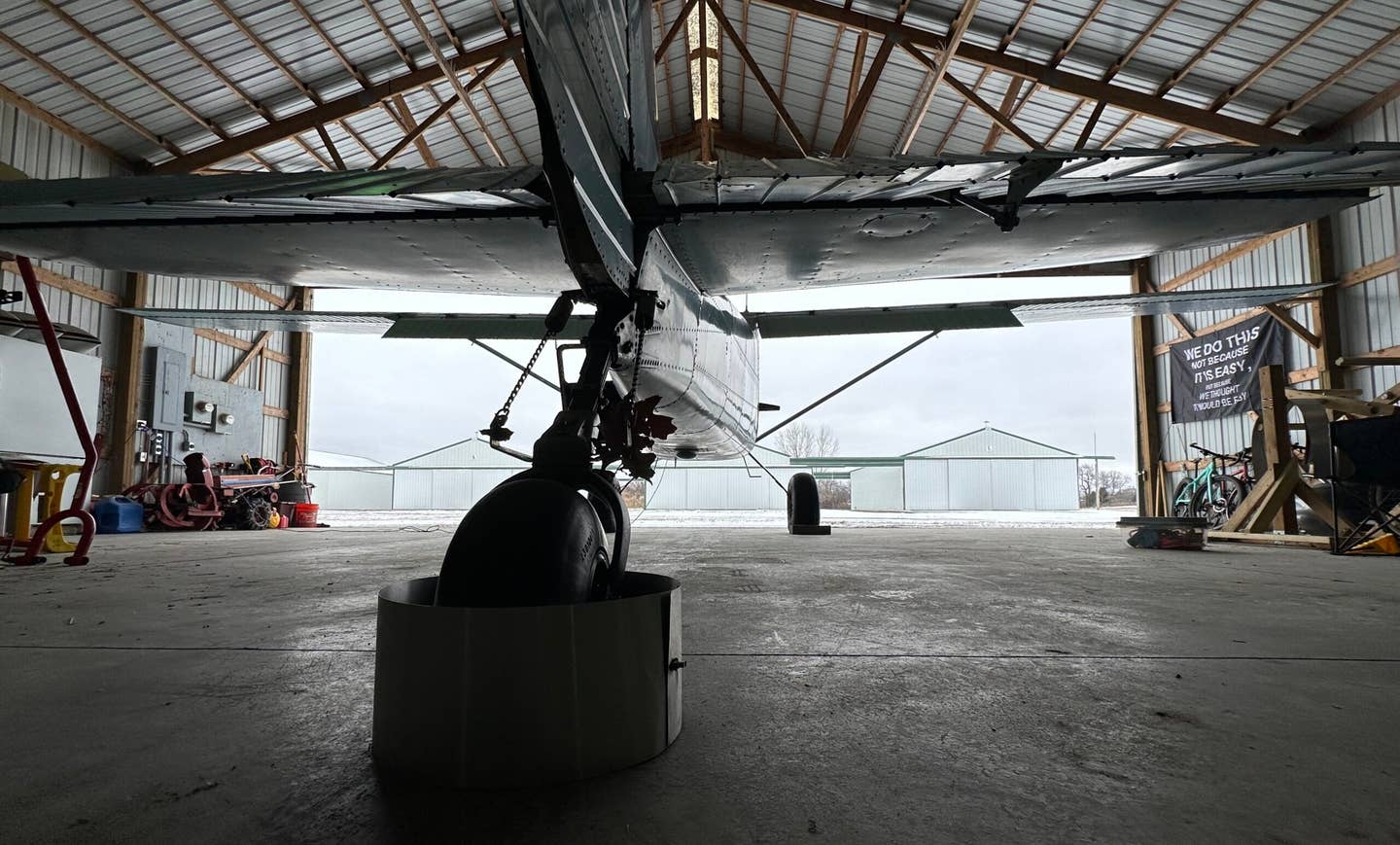
One flight proved to be the foundation for three new personal rules. [Credit: Jason McDowell]
Growing up, my sister and I were pretty well-behaved kids who rarely got into any kind of serious trouble. We got good grades, followed the rules, and generally acted in a responsible manner that enabled our parents to adopt a fairly hands-off approach to parenting. There were, however, certain incidents that resulted in one of them loudly announcing “OK, new rule” and subsequently enacting fresh household legislation intended to put an end to the nonsense and property damage.
Earlier this week, I went up for my first flight of the year on a cold and overcast New Year’s Day. And while I always make an effort to objectively evaluate my decision making in my still-new-to-me Cessna 170, I didn’t expect to learn three new lessons and enact three new personal rules after one short flight. But that’s precisely what happened as I kicked off a new year of flying.
The first lesson took place before I’d even completed the preflight. My first clue that something was amiss occurred when I retrieved my tire pressure gauge from the small flight bag I keep in the front passenger seat. I noticed bits of shredded paper towel littering the bag. Making a mental note to continue placing my custom-cut aluminum bands around each tire to keep mice out of the airplane, I continued my preflight.
A short time later, while carefully inspecting my tailwheel on my hands and knees, I made eye contact with the culprit. There, staring at me in the face from a small access hole at the base of the rudder, was a small brown field mouse.
A few choice selections of profanity scared it back into the fuselage. Fortunately, however, some light drumming on the side of the empennage scared it back out of the hole, and it leaped from the airplane and scurried away. A closer inspection of my flight bag connected the dots—I’d left a couple of energy bars in the bag after my last flight, and the mouse had set up camp, helping itself to the feast.
New rule No. 1: No more leaving energy bars in the airplane.
Thoroughly preflighted and apparently mouse-free, I hopped in and started the engine. Because I was the only one at the airfield, I opted to take a shorter route from my hangar to the runway. This route utilizes a dirt driveway that borders a large ditch. And it wasn’t until I advanced the throttle and tested the brakes that I realized there was a gradual slope all the way from my hangar to that ditch.
Brakes locked, the airplane slid toward the ditch at a crawling pace as I willed it to come to a stop. I used every trick my lifetime of winter driving in the Great Lakes region had taught me, including releasing the brakes to obtain some directional traction, but the ditch loomed ever closer. Just as I was creating a plan to pull the mixture and at least save the prop and engine, the right main mercifully encountered a small patch of gravel and the airplane ground to a stop.
As I only recently moved into my new hangar, I’d never taken this taxi route in the winter. Accordingly, I’d never noticed the gradual slope and treacherous ditch. It was a chilling eye-opener, and I was ultimately able to cling to the hallowed strip of gravel and proceed to the runway safely.
New rule No. 2: No taking the short taxi route with snow or ice on the ground.
Run-up complete, I trundled my way out onto the 3,100-by-90-foot grass strip and backtaxied to the end. On the way out, I made a mental note of an icy, muddy patch in the center of the runway about 600 feet from the threshold. I’m no stranger to operating on snow at this strip, but the odd combination of 1 to 2 inches of icy snow and muddy, unfrozen soil beneath robbed me of traction and made it challenging to turn around. An old skiplane trick of full forward yoke and some short blasts of power finally brought the tail around, and I was good to go at last.
The brisk temperature rewarded me with a density altitude of around 1,500 feet below sea level. I made a mental note to brag about this to a certain California-based friend who takes every opportunity to boast about his state’s warm winter climate. My beloved McCauley seaplane prop clawed through the thick winter air, making the most of my airplane’s modest 145 hp and clearing the muddy patch with ease.
The takeoff was uneventful, but the variable wind had developed into a healthy crosswind from the left. I kept this in mind, and on downwind, I took a step back and evaluated the situation. I was barely able to keep the airplane out of the weeds during my taxi out to the runway. Once there, I had difficulty turning around. And now I was setting up to land on a particularly slick surface with a crosswind.
Much as I wanted to spend an hour or two in the air, hammering out landing after landing, I decided not to press my luck. I was handling the hazards successfully thus far and could likely continue my pattern work safely, but doing so would expose me to an element of risk that, while not unmanageable, was not at all necessary. Leaving some power in during the flare, I made sure to bleed off as much energy as possible before touching down and did so safely and with no issues.
Turning around was a different story. Once again, I struggled to turn around on the runway and skated my way back to the hangar, making sure to take the long route back. I was happy to call it a day and abandon the out-of-kilter risk-reward scenario in favor of some University of Michigan football in the Rose Bowl from the comfort of my couch.
New rule No. 3: No pattern work on snowy runways with a crosswind in excess of 5 knots.
Although I only logged 0.1 hours of flight time, it was a particularly educational flight. Best of all, with the exception of a couple of energy bars and a shredded paper towel, there was no property damage to contend with. That’s a win no matter how you chalk it up, and with that, the day of new rules was more successful than any my sister and I had experienced in our household years ago.

Subscribe to Our Newsletter
Get the latest FLYING stories delivered directly to your inbox


